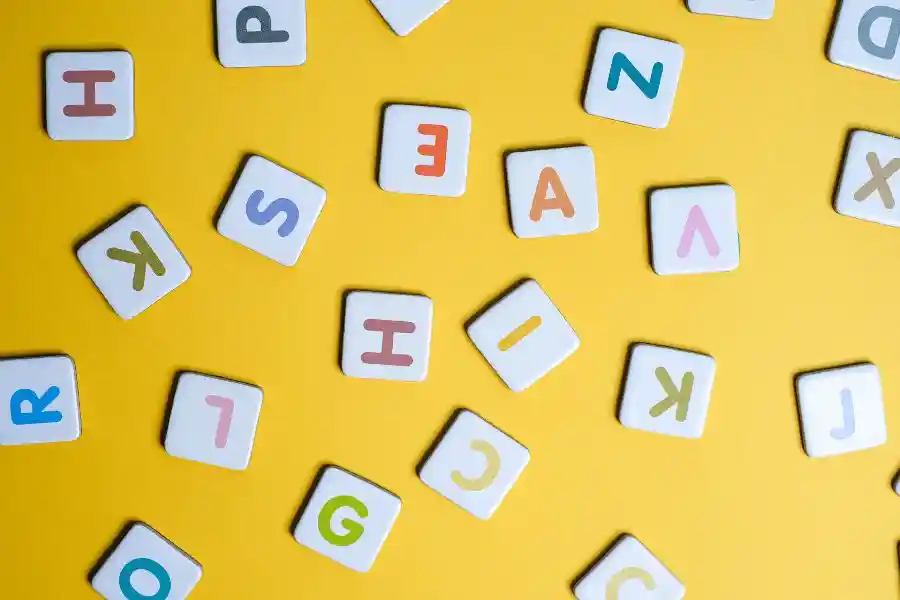Introduction to NYT Crossword Puzzles
Welcome to the confusing universe of The New York Times Crossword! On the off chance that you’ve at any point ended up scratching your head north of four strange digits in a crossword memorize, dread not – you’re in good company. Today, we dig into the fascinating domain of number-based NYT signs and investigate why retaining these four digits memorize can be a distinct advantage in your crossword-tackling venture. So snatch your pencil (or advanced gadget) and prepare to improve those psychological number related abilities as we reveal the privileged insights behind dominating those interesting mathematical difficulties!
The Importance of Memorizing Four-Digit Clues
NYT Crossword Riddles are famous for their sharp and testing signs, frequently expecting solvers to break new ground. In the midst of all the wit and profound implications, numbers assume a critical part in testing our memory and critical thinking abilities.
Retaining four-digit hints is significant as they can open whole segments of a crossword puzzle. These numerical hints serve as anchors that guide us through the grid, helping us make connections between different answers.
By committing these digits to memory, we level up our skill to rapidly review explicit subtleties. This psychological activity upgrades our concentration as well as trains our minds to proficiently handle data more.
In the realm of crossword addressing, each digit counts. So next time you encounter a clue with four numbers in The New York Times crossword, embrace it as an opportunity to flex your memory muscle and conquer the grid!
Strategies for Remembering Numbers in Crossword Clues
With regards to recalling numbers in crossword signs, having viable procedures can have a significant effect. One valuable tip is to imagine the numbers as a grouping of pictures or items to you. For example, if the clue involves the number 2468, you could picture two swans swimming gracefully followed by four trees standing tall and so on.
Another technique is creating a mnemonic device using the digits themselves. Assign each number a word that starts with the same letter – like “Two Tigers” for 22 or “Fine Fruits” for 55 – making it easier to recall when needed. Additionally, practicing active recall by repeatedly testing yourself on number-based clues helps strengthen your memory retention over time.
By implementing these strategies consistently in your crossword-solving routine, you’ll find yourself effortlessly recalling those tricky numerical hints during your next New York Times puzzle session!
Examples of NYT Crossword Clues with Four Digits
While handling a New York Times crossword puzzle, you could run over memorize that include four digits. These number-based clues can be precarious to unravel however are fundamental in finishing the framework.
For example, a sign like “Year WWI started” would expect you to review that The Second Great War began in 1914. Another example could be “Popular camera resolution,” hinting at the common 1080p resolution.
By dominating these numeric prompts, you raise your crossword-tackling abilities and lift your general certainty. It’s not just about numbers; it’s tied in with honing your memory and leveling up your skill to break new ground while deciphering these codes.
So next time you experience a four digits memorize in the NYT crossword, embrace the test and perceive how rapidly you can open the response!
How to Use Wordplay and Context Clues in Solving Number-based Clues
When faced with number-based clues in the NYT crossword, utilizing wordplay and context clues can be a game-changer. Look for hints within the clue itself; sometimes the wording offers subtle cues to help you decipher the numeric reference.
Consider synonyms or homophones that relate to numbers – this word association technique can lead you to the correct answer. Focus on encompassing pieces of information also; they might give setting that reveals insight into how the number squeezes into the riddle’s subject.
Try not to feel scared by mathematical riddles; move toward them with an inventive outlook. Some of the time considering new ideas and investigating various translations of numbers can open arrangements that at first appear to be confounding.
Embrace the challenge of decoding number-based clues using your linguistic prowess. Connect with your cerebrum in energetic critical thinking, and let your instinct aide you towards breaking these captivating crossword problems!
Benefits of Memorize Numbers in Crossword Puzzles
Retaining numbers in crossword riddles can essentially upgrade your addressing abilities. By having key digits readily available, you’ll quickly open pieces of information that could somehow stump you. This capability supports your certainty as well as speeds up your general riddle tackling speed.
Being able to recall four digits clues allows you to make quick connections between different parts of the puzzle. It enables you to cross-reference and deduce answers more efficiently, leading to a smoother solving experience. The satisfaction of smoothly progressing through a grid is incredibly rewarding.
Additionally, dominating number-based hints levels up your memory and mental skills. It practices your mind in a one of a kind way that improves critical thinking abilities past crossword puzzles. In addition, the adventure of breaking those difficult numeric clues adds an additional layer of energy to the addressing system.
Basically, committing four digits memorize to NYT memory isn’t just about overcoming crosswords — it’s tied in with sharpening mental spryness and partaking in the sheer joy of deciphering codes with accuracy and artfulness.
Conclusion
Becoming the best at retaining four digits memorize in NYT crossword riddles can essentially improve your addressing abilities and generally satisfaction in the game. By carrying out techniques, for example, wit investigation and utilizing context oriented hints, you can proficiently unravel number-based pieces of information effortlessly. The advantages of leveling up this ability reach out past finishing puzzles; it likewise improves your mental skills, helps critical thinking abilities, and furnishes a feeling of achievement with each settled sign. So next time you experience a numeric clue in a crossword puzzle, embrace the test and put your recently discovered strategies under serious scrutiny. Cheerful confounding!


